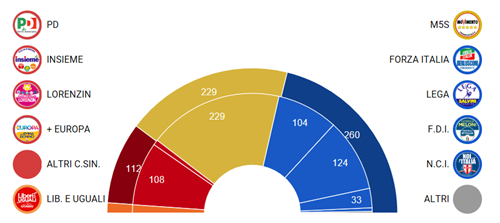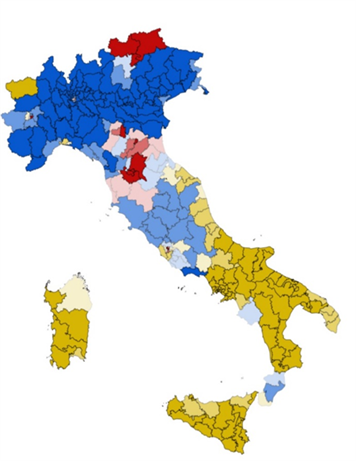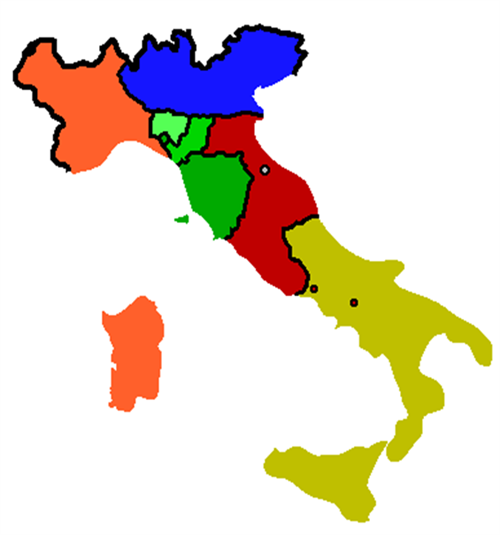
Elections 2018 in Italy: some reflections
In March Italian citizens were called to elect their Parliament and the results, which were just confirmed by the Ministry of Interior, are in my opinion quite worrying.
The official results, which are shown in the picture below, indicate that in the proportional system, the center-right coalition won with 37% of the votes, followed by the M5S with 32.68%, the center-left coalition with 22.85%, the party Liberi e Uguali with 3.39%, while the smaller parties, Potere al Popolo and Casapound Italia have won 1.13% and 0.95% of the votes respectively.
As reported by all the media by now the composition of the seats of the new Italian Parliament will be as follows:

However, even if so far it seems all clear and legitimate, since this is nothing but the representation of the will of the Italian people, I propose a provocation on which to reflect. Look carefully at the images that I will propose below and tell me, do not you find impressive similarities?
As explained by the Corriere newspaper, the colors of the colleges indicate the winning coalitions (YELLOW M5S, BLUE center-right, RED center-left). The intensity of the color indicates the difference: The softer color indicates that the difference between the winner and the second place was less than 5%. The color is stronger if the difference is between 5 and 10% and the color is opaque when the difference is more than 15%.

Graphic representation of how Italians voted on the national territory in the 2018 elections (source)
In the image below different colors identify the different states present on what we now consider Italian national territory. Orange color identifies the Kingdom of Sardinia, yellow the Kingdom of the Two Sicilies, The Papal State is in red, the Kingdom of Lombardy-Veneto is in blue, while the green identifies the Grand Duchy of Tuscany and the duchies of Parma and Modena.

Graphic presentation of Italy before unification in 1859 (source)
By observing these images and comparing them, there are many doubts and concerns that trouble me. Leaving aside what my political thinking is and adopting a super partes, neutral position I wonder:
• How can Italy be governed in the best way if the political fragmentation is so pronounced?
• What will be the choice of the President of the Republic about the formation of the Government?
• Will Italy still recognize itself as an integral and founding part of the European Union? And finally:
• Will the new Government succeed in getting the numbers in Parliament to be able to govern our nation efficiently?
Ultimately, I think that the Italian people have not yet understood what they want to do when they grow up, they have not yet understood the uniqueness and strength that characterizes our territory, given how the diversity of thought and therefore of voting have been created on the national territory.
Other reflections come to me strongly, but I think I should go against a neutral, super partes vision and I prefer to keep them for myself. However, I would like to conclude this article with a phrase that my grandfather used to say to me very often when I was a child:
"We have made Italy, now we must make Italians" (Massimo D'Azeglio, 1861)
Author: Giulia Netti (LUM University)

Follow us on